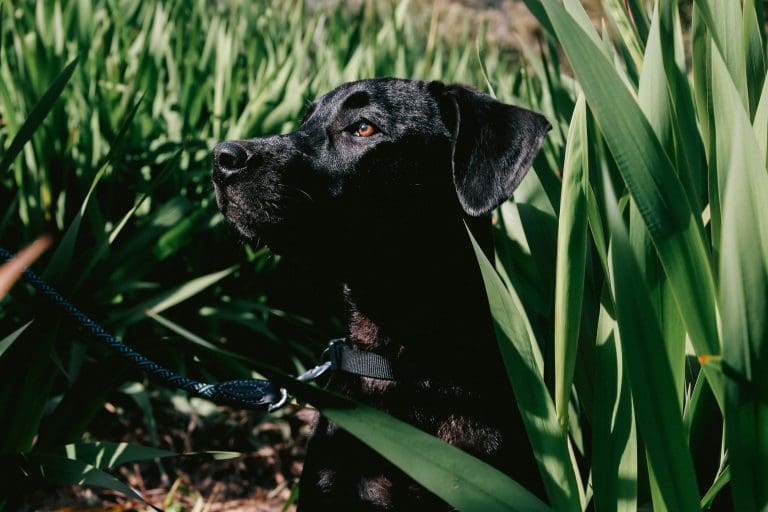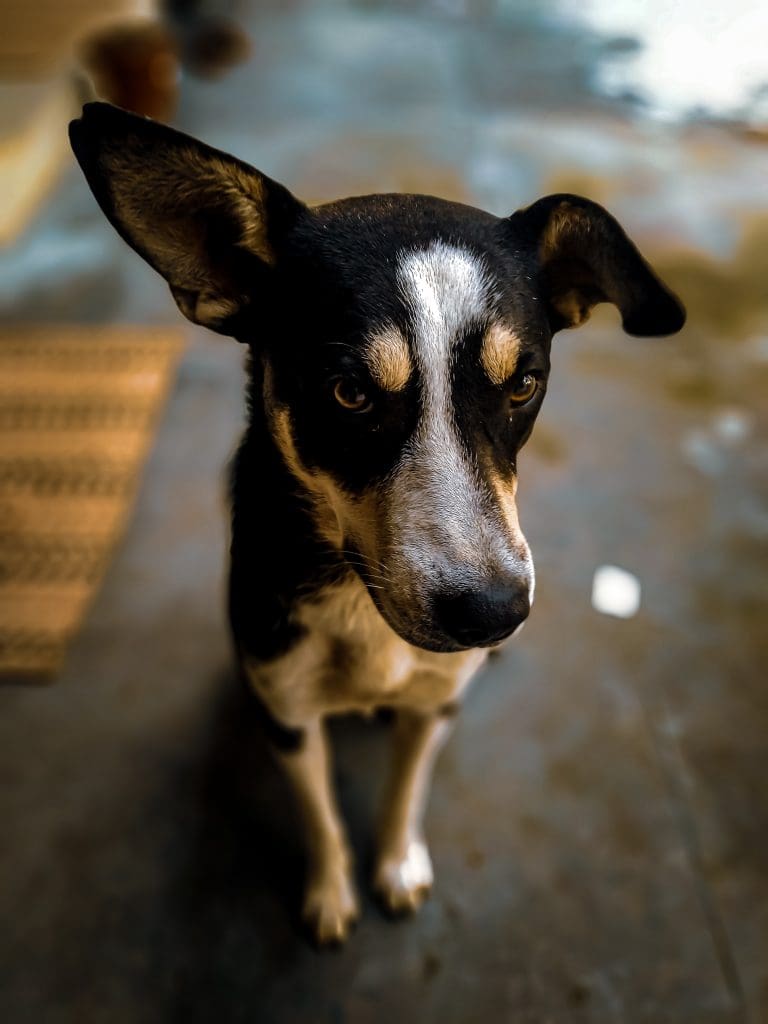How To Calm A Panting Dog?
Post Date:
December 10, 2024
(Date Last Modified: December 10, 2024)
Seeing your dog panting can be concerning. While panting is a normal behavior, it can also indicate stress, anxiety, or health issues. Recognizing the reasons for panting and knowing how to help your dog calm down is essential for any owner.
Normal vs. Excessive Panting
Panting is a natural way for dogs to regulate their body temperature. Unlike humans, dogs do not sweat; they rely on panting to cool off. When a dog is hot, nervous, or excited, rapid, shallow breathing with an open mouth is common. However, panting becomes worrisome if it is excessive or occurs during calm moments, such as resting at home.
Observing Behavior
It’s vital to observe your dog closely. If the panting seems excessive or is accompanied by symptoms like lethargy, vomiting, or excessive drooling, consult a veterinarian. Health issues such as heart problems, respiratory conditions, or heatstroke can lead to abnormal panting. Being aware of your dog’s health and behavior helps determine the best course of action.
Identifying Anxiety Triggers
Dogs may also pant due to anxiety or stress. Events like thunderstorms, fireworks, or environmental changes can trigger fear. Signs of anxiety may include pacing, whining, hiding, or clinginess. If these behaviors accompany panting, it’s essential to address your dog’s emotional state.
Creating a Calm Environment
Establishing a calm environment can significantly reduce anxiety. Provide a safe space for your dog to retreat when feeling overwhelmed—this could be a cozy bed or a designated corner in your home. Ensure this area is quiet and free from disturbances to help your dog feel secure.
Physical Comfort
Gentle physical contact can also help calm a panting dog. Many dogs find comfort in touch, so petting or sitting close can ease their anxiety. Speaking softly in a soothing tone can create a sense of safety.
Engaging Activities
Incorporate enjoyable activities, such as playing with toys or going for walks, into your dog’s routine when they feel anxious. Engaging in these activities can distract them from stressors. However, approach these gradually—forcing a dog into an anxious situation can worsen stress levels.
Breathing Techniques
Breath control techniques can be beneficial for calming a panting dog. Encourage your dog to focus on slow, deep breaths. Practicing these techniques together can create a calming effect for both. This strategy can be particularly helpful during stressful situations.
Mental Stimulation
Providing mental stimulation helps alleviate anxiety and boredom, which can contribute to excessive panting. Puzzle toys or teaching new tricks can keep your dog engaged and distract them from stressors.
Calming Products
Consider using calming products to help reduce anxiety. Options include anxiety wraps, calming sprays, and supplements designed to promote relaxation. Consult your veterinarian for recommendations that suit your dog’s specific needs.
Training for Coping
Training plays a vital role in helping a dog cope with stress. Desensitization techniques can gradually expose your dog to their fears in a controlled manner. This process involves slowly increasing exposure to the stressor while rewarding calm behavior, which can help reduce anxiety over time.
Maintaining Routine
A consistent routine can significantly benefit your dog. Dogs thrive on predictability, so having a regular schedule for walks, meals, and playtime can provide security. Knowing what to expect may reduce anxiety and panting.
Importance of Exercise
Regular exercise is crucial for managing anxiety. Daily walks or play sessions allow your dog to release pent-up energy and reduce stress. Be mindful of energy levels, especially during hot weather, as overheating can lead to excessive panting.
Positive Home Atmosphere
Creating a positive atmosphere at home contributes to your dog’s emotional well-being. Ensure they have access to fresh water, a comfortable temperature, and a calm environment. If heat is the cause of panting, provide a cool place to rest, using fans or air conditioning as needed.
Seeking Professional Help
If panting continues despite efforts, consider seeking professional help. Consulting a dog trainer or veterinary behaviorist can provide additional strategies tailored to your dog’s needs, helping to address panting and anxiety effectively.
The Role of Your Calmness
Handling a panting dog can be challenging, particularly when unsure of the cause. Observing behavior and considering underlying reasons for panting allows for the creation of a calming environment. Remember that your dog relies on you for support. Remaining calm yourself is crucial, as dogs are sensitive to their owners’ emotions. A relaxed demeanor can reassure your pet, making it easier for them to settle down.
With time, patience, and effective strategies, help your furry friend navigate anxiety and enjoy a calmer, more relaxed life.






